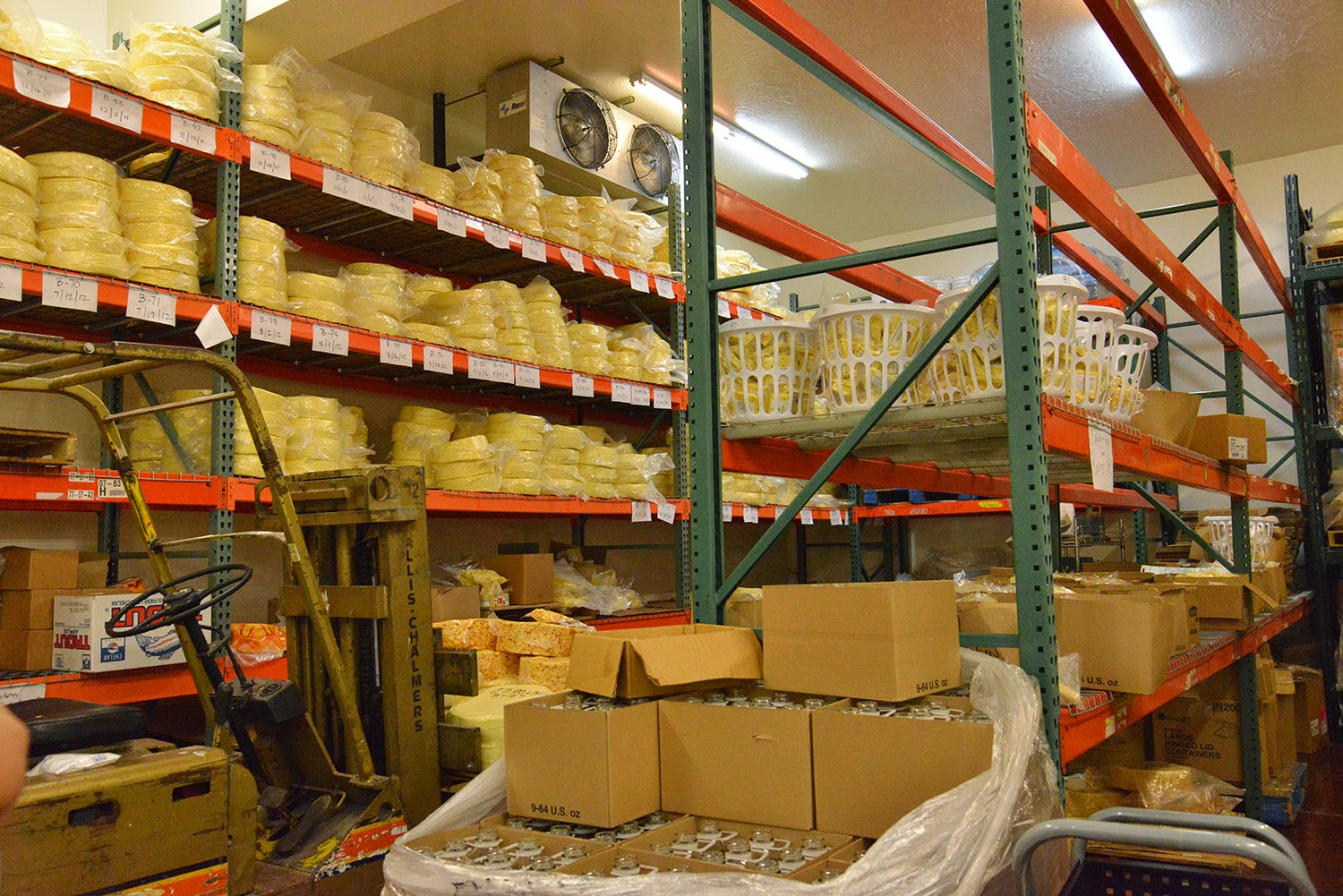
She imports her cheese from producers in Europe, and says there has been a lot of buildup, with limited markets to sell cheese. Michele Buster, the founder of New York-based Forever Cheese, relies on family farms to provide her with a high quality product she sells to restaurants, caterers, grocers and distributors. She’s hopeful that she’s on the right trajectory, as restaurants have started to open up in her state, operating at 50 percent capacity. In May, she experienced a 40 percent drop in sales, compared to the same month last year, whereas in April, she saw a 65 percent loss. Making use of their e-commerce store, Little says they’ve put together tasting kits available for purchase online, which has resulted in a good boost. Instead of selling six main products of cheese, the cheesery has focused production to three popular options at smaller retail sizes. She’s noticed that stronger cheeses like her natural rind blue cheese, which normally sells out with chefs, have not been as popular with consumers. “It was eye opening to realize how dependent we are on food service channels,” she says. She’s had to often make phone calls to those in her small community, and built stronger relationships with her buyers. The pandemic has been particularly hard for small-scale producers, says Lundquist, but many have come up with creative solutions to find new markets.įor Jessica Little, of Sweet Grass Dairy in Thomasville, Georgia, this has meant some changes to her operations.

“I think at the heart of it all, people are in specialty cheese because they care about other people, because they have a passion for the craft, because they’re interested in nurturing and feeding the world and those pieces are driving them,” she says. She’s aware of some businesses still feeling the impact, but believes their long-term survival will depend on their ability to navigate what’s become the “new normal.” Karen Lundquist, the executive director of the ACS, says the economic blow to both artisan cheese makers and sellers was remarkably sudden. He says that if his business didn’t have a safety net of cash secured to make up for lost profits, his family business would have had to close its doors permanently. Kohler burnt through a large portion of emergency savings, and it wasn’t until about three weeks ago when restrictions began to ease that things started to improve. “We’re just kind of floating along, trying to weather the storm.” “It was a tough pill to swallow,” says Kohler, who first started making cheese in 2011 to keep his family’s dairy operation viable. He had to scramble to find new customers, as his family-run cheesery, Heber Valley Artisan Cheese, usually relies on revenue from a farm store, restaurants and other retail outlets.Īs Chaga Keeps Trending, Mycologists Worry About Running Out Russ Kohler, a Utah cheese maker and dairy farmer, says he suffered a 70 percent loss in sales when stay-at-home orders went into effect in mid-March.

Almost 60 percent said their overall sales decreased. A recent survey of almost 1,000 artisanal cheese sellers and producers, conducted by the American Cheese Society (ACS), found that nearly 70 percent were negatively impacted in some way by COVID-19. But cheese associations say artisanal cheese producers have been hit especially hard, as they tend to be local family-run businesses-without the support of larger corporate entities-that depend on restaurants.

Like many other areas of the food industry, artisanal cheese has not been immune to the pandemic’s disruptions. Mountains of specialty cheese have been piling up in warehouses in recent months, as restaurants shuttered and other traditional markets closed down across America.


 0 kommentar(er)
0 kommentar(er)
